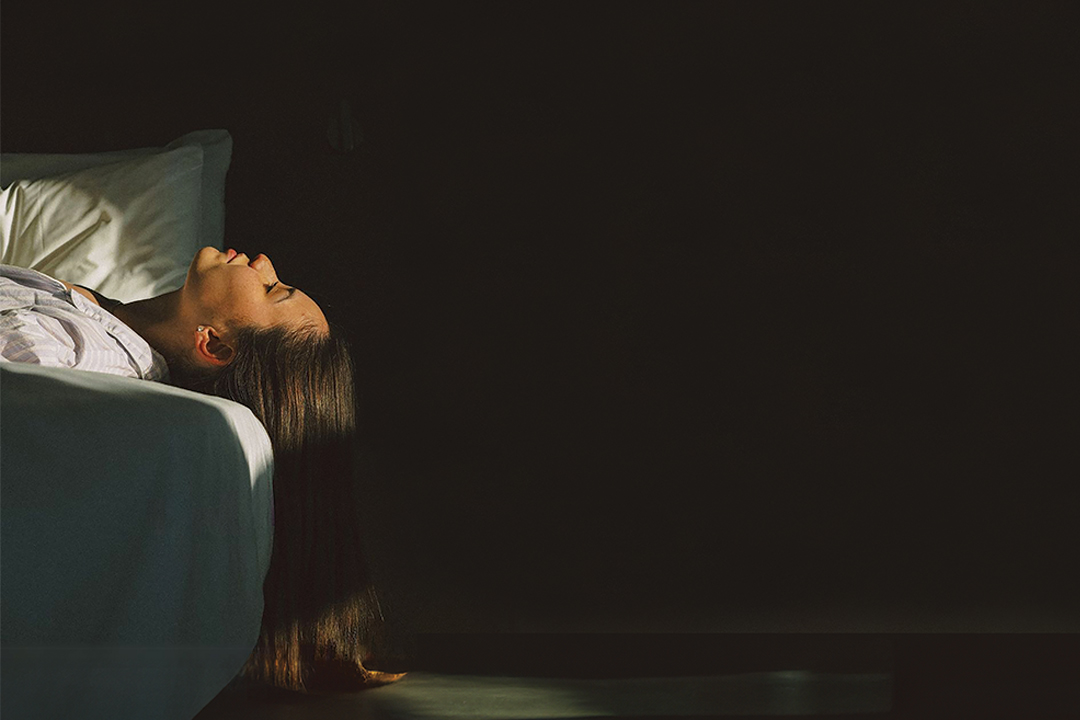Many people still follow traditional paths when deciding on a New Year’s resolution, whether that’s committing to exercising more, eating healthier or quitting drinking. But there’s a newer resolution that reflects a desire to unplug from today’s increasingly tech-driven world: Counselors call it the digital detox.
Therapist Mariah Milne of Foundations Counseling in Loveland encourages her clients to reduce their screen time if they tell her they want to use their free time more intentionally.
“The thing that leads people to a detox the most is they realize how much time they’re wasting and that they’re not connecting with other people,” she says. “There are many people who go home and then that’s it; they are just on the TV and their phone at the same time.”
For most people, a digital detox only lasts a week or two, though a small number attempt something more permanent. In both cases, Milne explains that few people decide to cut technology and screen time altogether, and those who do typically find it too extreme to maintain for an extended period. The ones who take an extreme approach usually find themselves slipping into the same unhealthy habits once the detox ends without gaining any lasting insights, she says, much like those who do crash diets as opposed to making realistic changes to their eating habits.
A full digital detox is largely impractical given the integral role technology plays in daily life, which is why Caitlin Bosshart, a life coach based in Fort Collins, often recommends that her clients pursue a “digital recalibration.” Reassessing their screen time can help them build a healthier, more sustainable relationship with technology that is still compatible with the demands of their everyday lives, she says.
Compare and despair
Both Milne and Bosshart agree that deleting certain apps and setting a time limit on others can help reduce exposure to the more toxic aspects of technology. Prime among them are social media apps like Instagram and TikTok, which can dramatically impact a person’s confidence and self-worth.
“A lot of my clients are business owners or people who are trying to start a passion project or shift their lives in some way, and often, they follow people on Instagram who are doing similar things to what they want to be doing, but these people are further down that road,” Bosshart says. “They might compare themselves to someone who is a lot further on their path, and in doing so, they bring themselves down.”
While the internet is rife with opportunities for toxic comparisons such as these, Milne emphasizes that sometimes the issue lies not in the content itself, but in how and when we choose to engage with it.

“Typically, we use it right when we wake up, which gives us a dopamine hit,” she says. “So eventually what happens is we get our dopamine hit right when we wake up with our phones, then as we go throughout our day, we need more and more to continue that rush of dopamine.”
To end this cycle, Milne recommends two strategies: Avoid your phone right after waking up and wait at least an hour before checking it after work. Both of these are times when people typically crave a dopamine hit or seek an escape from their workday stressors. Giving yourself these buffers allows you to process your day uninterrupted and without filling your brain with more stimuli, she says.
Regardless of the time of day, Bosshart advises people to ask themselves why they tend to reach for their phones. Once they understand their relationship with technology and determine why they use it and under what circumstances—to escape, to self-soothe, to snoop and so on—they are better able to identify when they are falling back into old, unhealthy patterns of behavior and adjust accordingly.
Milne also encourages people to find alternative sources of dopamine. For some, this could be forms of exercise, like yoga or weightlifting, and for others, it could be partaking in a hobby they enjoy or spending time with friends and family. When free time is filled with those other enjoyable things, there is less temptation to scroll.
Out of sight, out of mind
Milne’s top tip for curbing a digital habit is simple: Silence your phone and put it somewhere out of sight, ideally in a bag since even a phone in your pocket can tempt you. That makes it easier to stay engaged with those around you and foster authentic, off-screen connections, she says.
Bosshart says even a short detox or “recalibration” can have long-lasting results when pursued with commitment and intentionality. This might mean setting aside a screen-free hour in the morning to journal or go for a walk, silencing notifications during a meal with loved ones or deleting an app that adds more stress than joy to your day. More than anything, she emphasizes the importance of staying disciplined and remaining patient with yourself.
“It’s something that clients will continually have to check in with themselves about,” she says. “It’s not something you necessarily do one time and your relationship with it is magically changed.”






